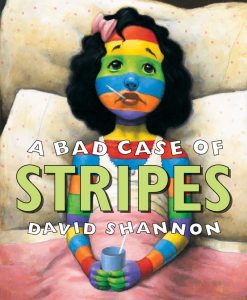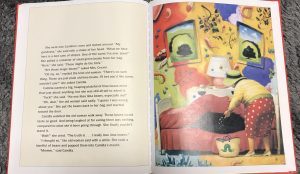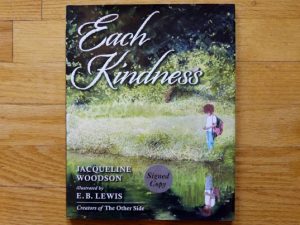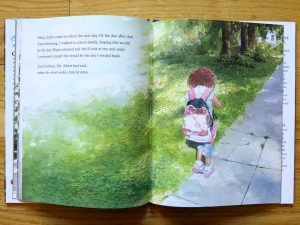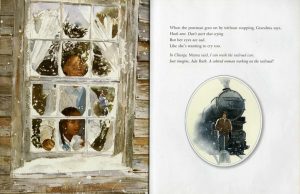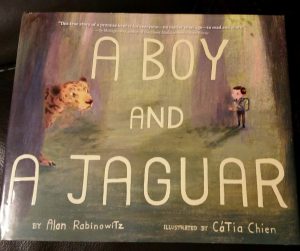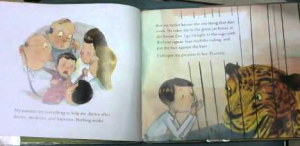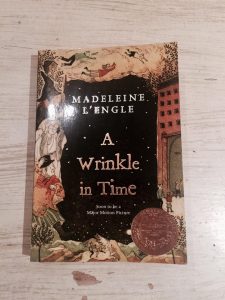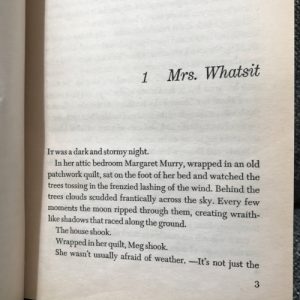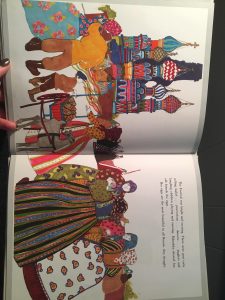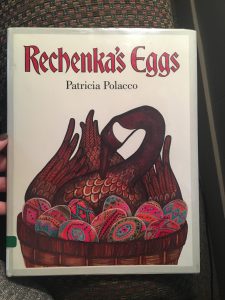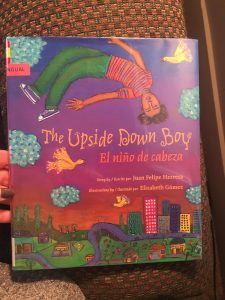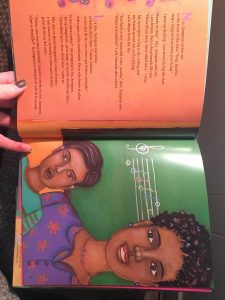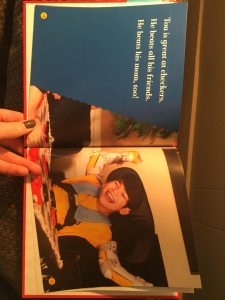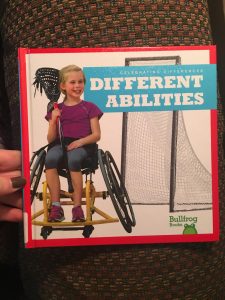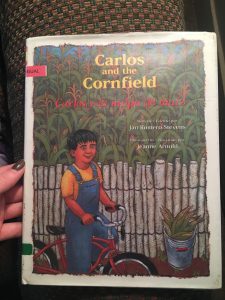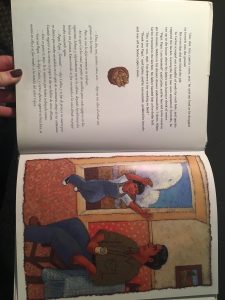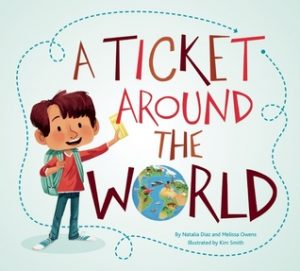
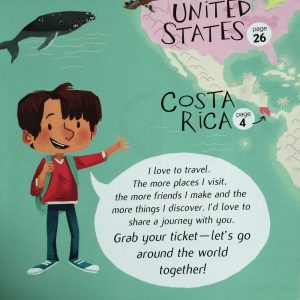
Title – A Ticket Around the World
Author(s) – Natalia Diaz, Melissa Owens
Illustrator/Photographer – Kim Smith
Publisher and Year – Owlkids, March 17, 2015
Number of pages – 32 pages
Tags/Themes – Rylie Loux, Culture, Diversity, Nonfiction, 2-3, 4-5
Genre – Nonfiction
Descriptive Annotation: This book is about an unnamed boy who visits friends in 13 countries, offering readers a world tour via his first-person narration as he samples foods, views landmarks, and attends cultural events, among other activities. Each country has a small map so that the readers are able to imagine they are traveling too.
Classroom Application and Linguistic and Cultural Diversity Analysis: This is a perfect resource for engaging students to get to know and understand the background and different cultures of the countries. This informational picture book brings engaging nonfiction content to younger readers by showing them how other children just like them live around the world. Students can summarize cultural attributes, like popular food, national animal, official flower and official language all while reading this story. Also students will be able to compare and contrast between the different countries and their own cultural attributes. Many students may not even know about all the different countries, so this is a way to get them involved and learning about cultural differences. “I love to travel. The more places I visit, the more friends I make and the more things I discover.” This can be applied to each students background for students to get to know each other individually.

